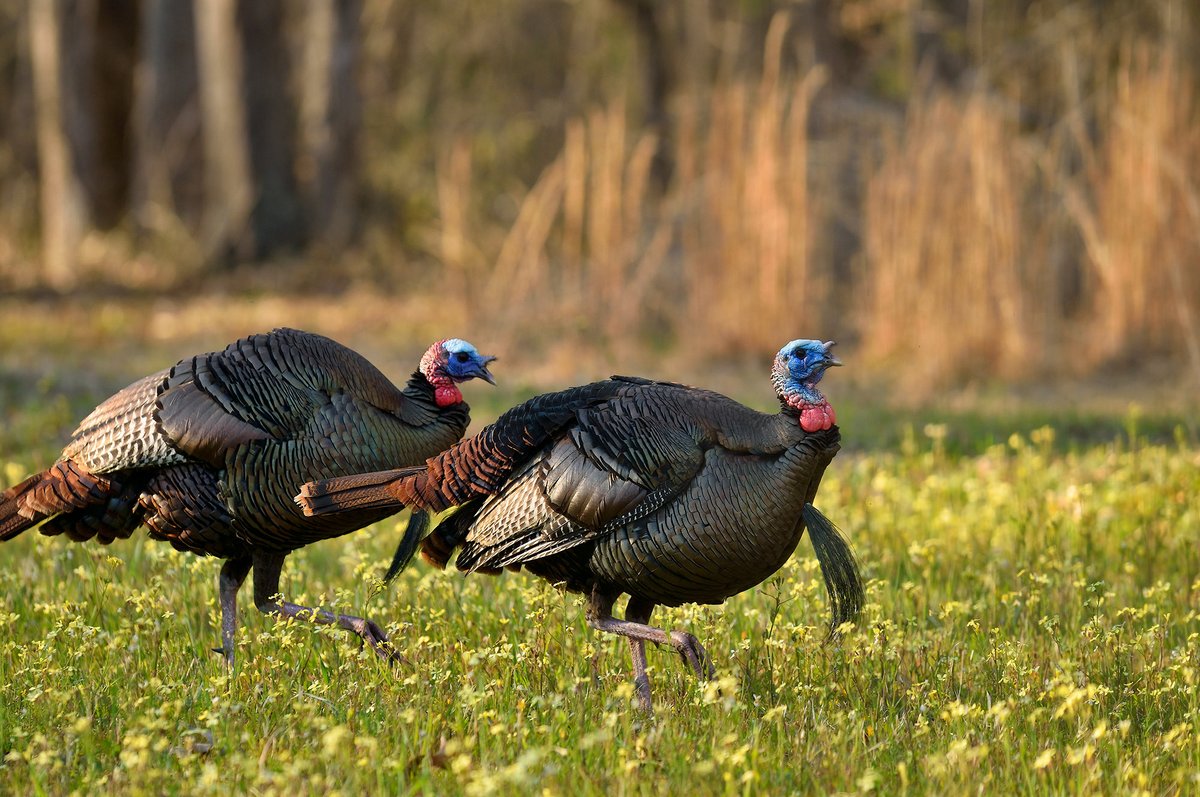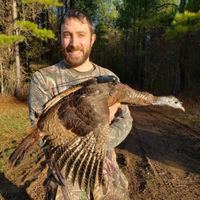
Patrick Wightman
@wildturkeynerd
Research Scientist, University of Georgia. Hunter, conservationist, and wildlife researcher. Everything wild turkey! | Ph.D. UGA|M.S. LSU|B.S. PSC
ID: 1101284695420092416
01-03-2019 00:55:07
47 Tweet
363 Followers
73 Following

Managing for deer doesn’t always provide = benefit to turkeys. Deer hide to survive, turkeys must see. Think disturbance to vegetation and keeping it under 3 ft height if turkeys are of interest Bret Collier The National Wild Turkey Federation Wild Turkey Report Marcus Lashley


Research shows that hens who hatch nests one year have a 63% chance of hatching one next year. Those that fail one year only have a 8% chance of hatching next year. A small number of hens produce most poults in our turkey populations Bret Collier The National Wild Turkey Federation


Turkeys in many areas face challenges, particularly in the Southeast and Midwest. Relying on science, resources, cooperation, and dedication to the bird will allow us to overcome those challenges Bret Collier The National Wild Turkey Federation Wild Turkey Report


Osceola, or Florida wild turkeys, face steep challenges. Their range is restricted to the FL peninsula, where habitat loss and urbanization are rampant. Ensuring their future will require innovative strategies to prioritize the bird Bret Collier The National Wild Turkey Federation
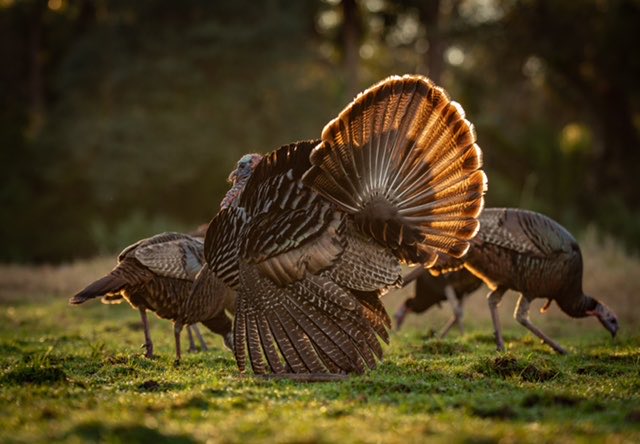

Feral pigs are a serious issue facing managers, and they compete with turkeys for resources. But data on >800 real nests from Easterns and Rios shows they’re not important nest predators - only a handful of nests failed from pigs. Bret Collier The National Wild Turkey Federation


Gobbling activity is ramping up across the South. Research has shown that hen behavior and hunting pressure most influence gobbling, although weather does to a lesser extent. Anyone hearing birds gobble in your area? Bret Collier The National Wild Turkey Federation Wild Turkey Report
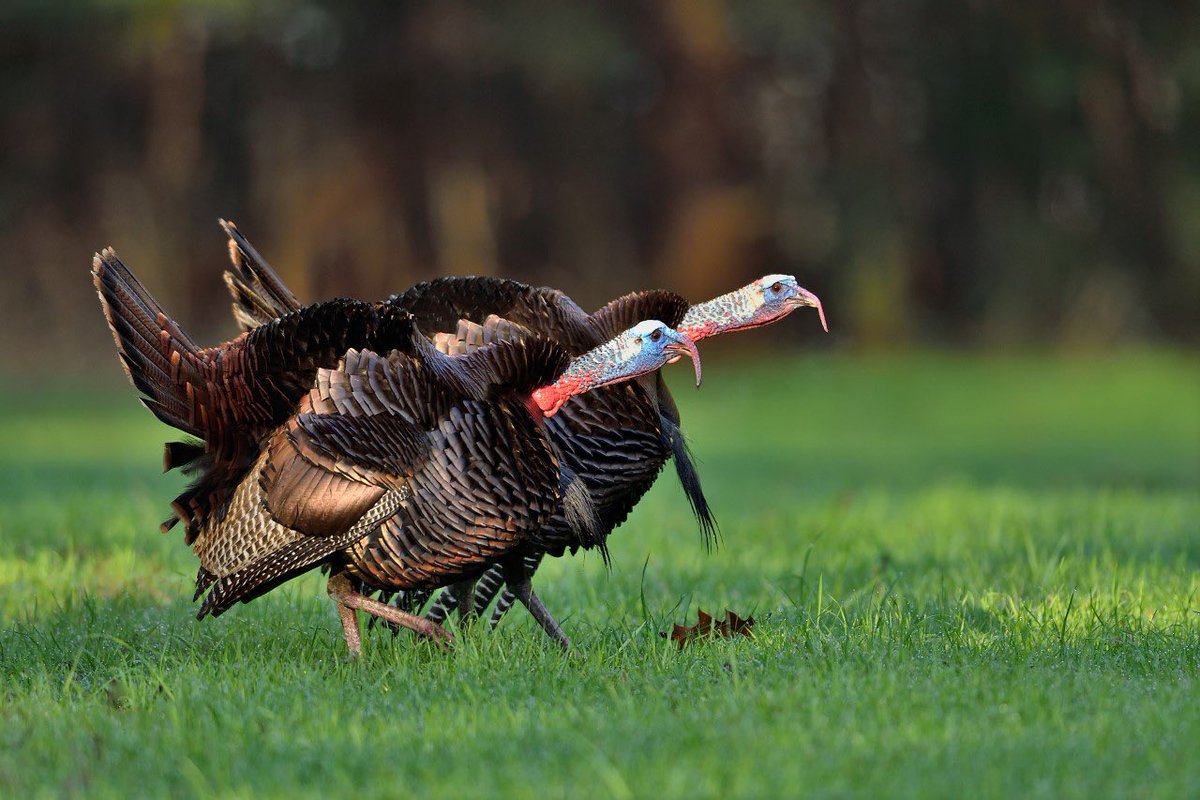

Graduate students are the engine that drives turkey research. Their dedication and sacrifices provide data used to drive management decisions. Best part of my job? Interacting with what I view is the future of the resource Bret Collier The National Wild Turkey Federation


Thanks, Mike Chamberlain, turkey research is a grind, but I love it. If what we do helps this bird a little, it's worth it! It's a pleasure to work with you and all the graduate students and technicians! Paige Goodman, Sara Watkins, Nick Bakner.

Trying to predict how a tom will move can be maddening.! Check out how these 3 toms moved during a March day. Headed for the hills, sat tight in a small area several times, roosted a mile away from where they’d been. Maddening! Bret Collier The National Wild Turkey Federation

Translocated turkeys often settle pretty quickly, but some will make extraordinary movements. This hen moved from Maine to east TX covered 280 sq miles! Hard to explain why she made those moves, but imagine what she’s seen this spring. Bret Collier The National Wild Turkey Federation


Turkeys are mobile, and can easily cross fences. But they often avoid doing so, as shown with locations of a jake in AL. Anyone seen turkeys fail to cross a barrier they easily could? Bret Collier The National Wild Turkey Federation


Influence of weather on gobbling activity of male wild turkeys. New from Patrick Wightman et al: buff.ly/3NaE2WD #ornithology


Instances of hens hatching >1 clutch in a single spring are rare. We’ve had several hens do so the past few years, with 1st nests starting in April and the 2nd hatching as late as July. Some hens are just wired to produce poults! Bret Collier The National Wild Turkey Federation
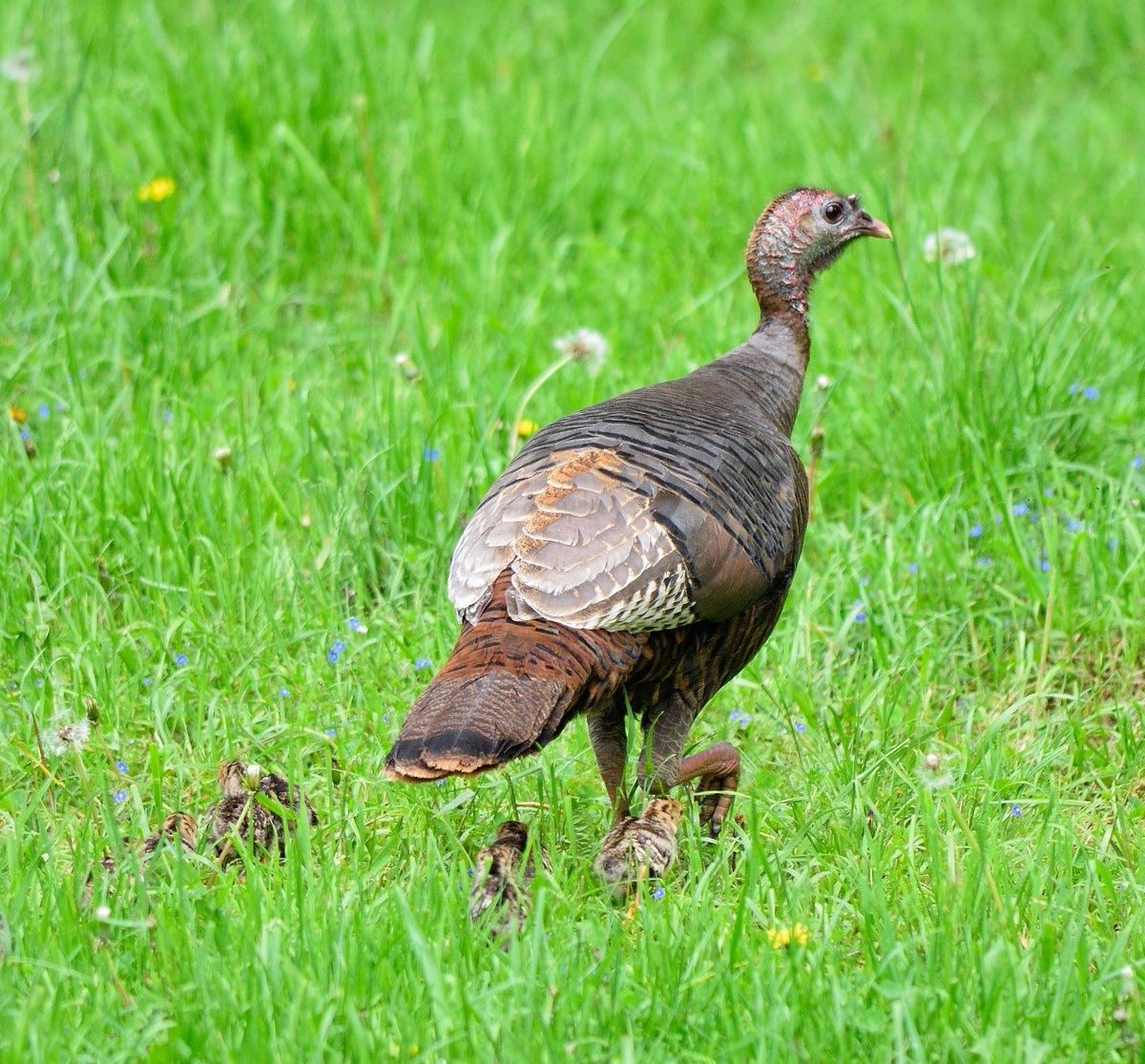

Thanks for the shout out! We have a great group of faculty and staff in Nebraska SNR including the amazing Larkin Powell and @galliformesguy! Contact me for more questions about this project—[email protected]. Institute of Agriculture and Natural Resources University of Nebraska CASNR University of Nebraska-Lincoln Nebraska Today Nebraska Game and Parks

Ongoing research by Sara Watkins shows that the structure of winter flocks may not be what we’ve thought since the 60s. Many flocks are composed of mostly unrelated birds, and “sibling groups” are not common. Science! Bret Collier The National Wild Turkey Federation


Nest predation is complex. Wild turkey hens defend nests against many predators, which are the species most artificial nest studies say are top nest predators. The hen’s presence matters if getting at actual nest predation is the goal Bret Collier The National Wild Turkey Federation


Strutting is something all turkeys do, helps toms attract hens and allows both sexes to assert dominance over other birds. But strutting by brood hens is a unique behavior, what could be going on here? Anyone seen this behavior? Bret Collier The National Wild Turkey Federation


Many factors influence daily gobbling activity, one is testosterone levels that vary temporally. Toms in a population will synchronize gobbling, contributing to the dramatic day to day variation we often hear Bret Collier The National Wild Turkey Federation Patrick Wightman


In wild turkeys, it appears juvenile hens are the ones that disperse from their natal range. That dispersal is happening now, as young hens leave brood flocks and join nearby winter flocks. Anyone seeing flocks of hens? Bret Collier The National Wild Turkey Federation


How fast toms move about their range appears to influence their survival during spring. Each 50 yd increase per hour decreases survival by ~10%. Toms are highly variable in how they behave, but in this case speed kills! Patrick Wightman Bret Collier
